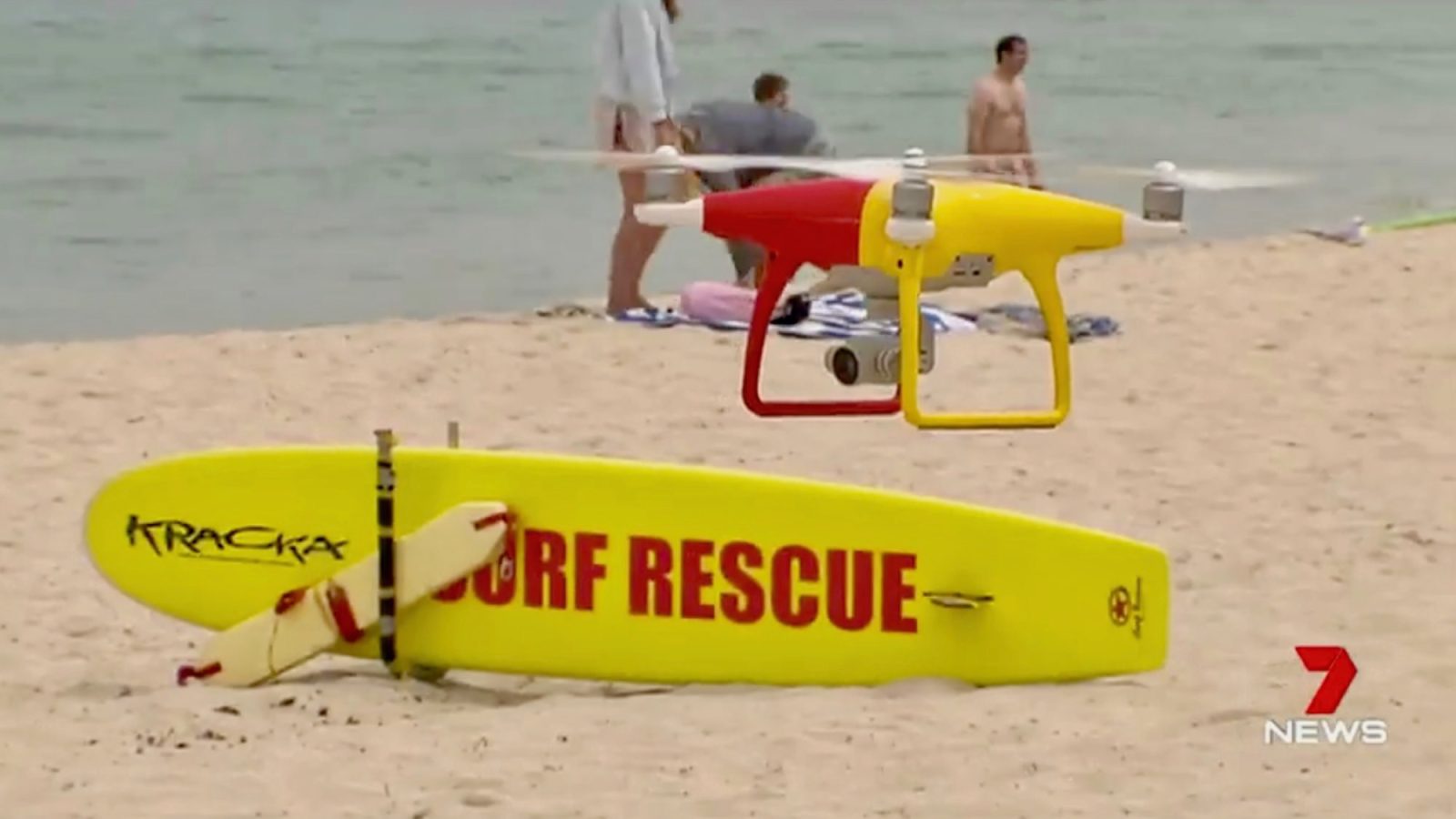
The government of Australia’s New South Wales (NSW) has said it will be spending millions of dollars to considerably expand drone flights over the state’s beaches this summer as part of its wider tech push to monitor sharks approaching popular swimming and surfing spots.
The expansion of drone flights over beaches by trained NSW lifeguards is the marquee measure in the state’s reinforced shark surveillance effort. The move will significantly expand what has been a very effective and popular program of using uncrewed aerial vehicles (UAV) to keep watch for the potentially dangerous creatures nearing shorelines – an initiative launched just three years ago. The state’s main lifeguarding association, Surf Life Saving NSW, has won plaudits from politicians and the public alike for piloting the craft to spot approaching sharks. They’ve also grabbed headlines for spotting swimmers in trouble and dropping life preservers to keep them afloat until rescuers can arrive.
The widening of drone flights over NSW beaches to scan for sharks is part of a $15.6 million drive to enhance swimmer and surfer safety as Australia’s summer approaches. It calls for increasing the number of trained staffers piloting drones from 140 last year to 210, and boosting total flights from 20,000 to 25,000, or over 9,500 airborne hours. Beaches patrolled by the craft will rise from 34 to 50. All those targets for 2021-2022 are nearly double, if not triple the figures from 2019, when drones were first flown by Aussie lifeguards.
The expanded fleets and flight schedules were set to commence over the weekend, with UAV patrols beginning at the start of lifeguards’ working day.
Public, pols love drone flights over beaches watching for sharks
Drone patrols of Aussie beaches has generated polls showing people feel safer with eyes in the sky looking out for them. They have also won praise from environmental groups as an effective way of watching for potential danger without posing harm to sharks or other marine animals. Their use in saving people from drowning situations has only increased the fans applauding oceanside drones and their lifeguard piloting.
“Alongside their primary use for shark mitigation, the UAVs are an additional tool to assist volunteer lifesavers and lifeguards identify other hazards such as rip currents, patrol outside flagged swimming areas and are an integral part of search and rescue operations,” says George Shales, president of Surf Life Saving NSW. “We’ve shown this technology is here to stay and hope that with greater coverage we can save even more lives.”
Also covered in the NSW budget are Shark-Management-Alert-in-Real-Time (SMART) drumlines. Standard drumlines are baited traps that hook and immobilize sharks – and any other marine life caught – until they perish. The SMART version uses sensors alerting officials that creatures are caught in the snares so they can be quickly set free. When that involves sharks, the predators are first tagged for monitoring, which feeds into another facet of the NSW plan.
The project also calls for establishing 37 new listening stations to pick up signs of chip-carrying sharks getting close to coastlines. When they are, the system automatically issues an alert to beachgoers using the free SharkSmart app so they, too, can keep an eye open for what’s in the water.
FTC: We use income earning auto affiliate links. More.



Comments